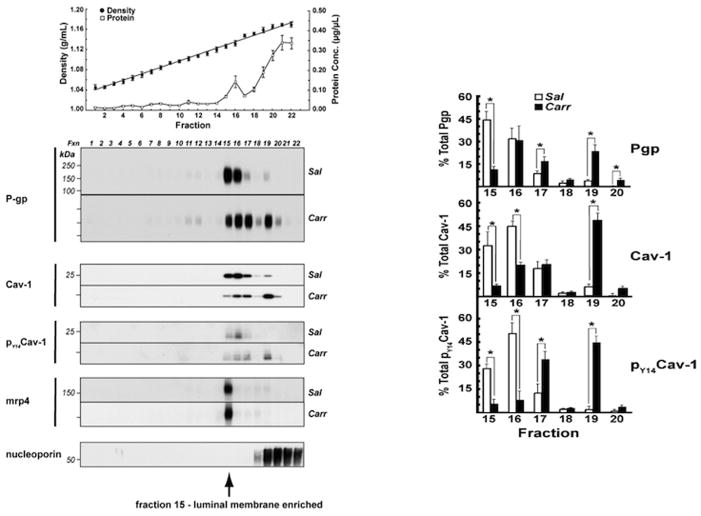Figure 5. P-glycoprotein (P-gp) Trafficking within Caveolin-Enriched Domains modulated by Peripheral Inflammatory Pain.
These data show that the previously characterized increase, in vivo, of P-glycoprotein functional activity, at 3 h post inflammatory pain, was associated with a dynamic redistribution of P-glycoprotein between micro-vascular, endothelial cells, subcellular compartments. The top panel shows the typical OptiPrep density gradient profile of fractions from previously intact rat microvessels. P-gp and the key scaffolding protein caveolin were both shown to be associated with luminal membrane enriched fractions 15 and 16 (Bottom panel) and dynamically trafficked to higher density fractions after the pain stimulus. No trafficking change was noted for the brain efflux transporter Mrp4 after a peripheral pain stimulus to the rats. (Adapted from (McCaffrey et al., 2012)

